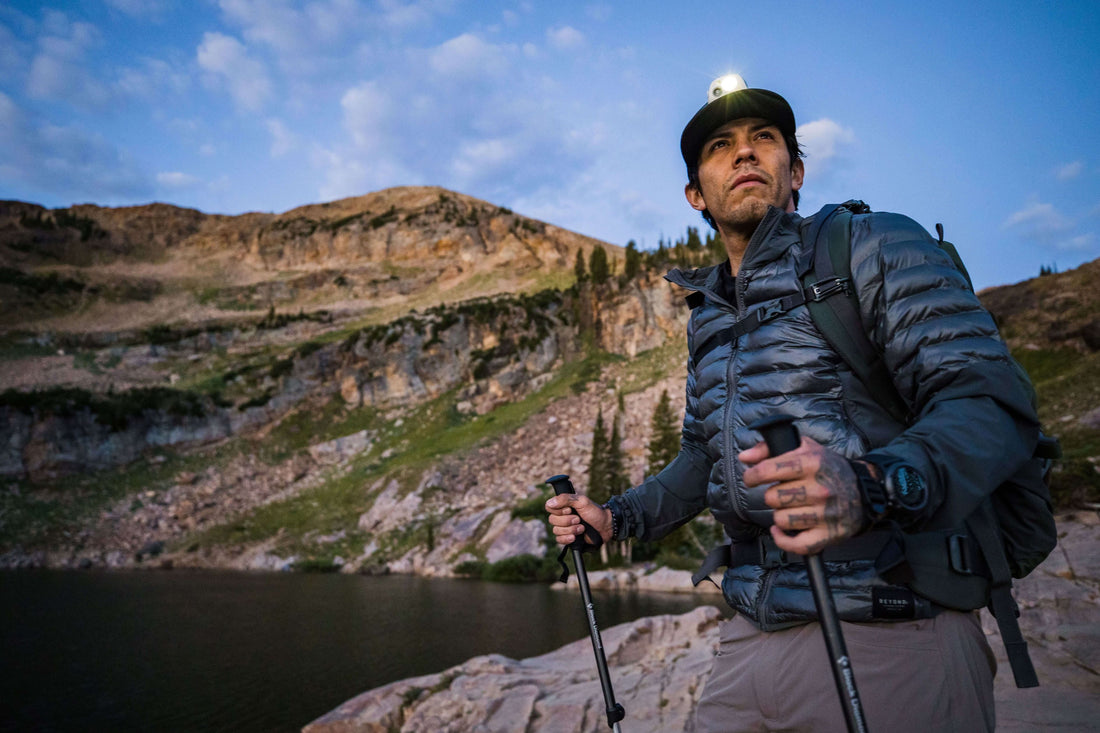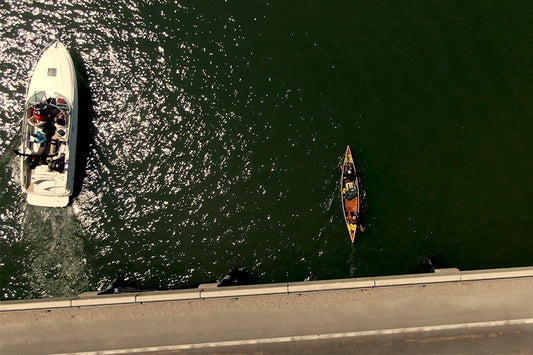
Hiking is more than just a form of exercise– being transported by your own two feet and carrying only what you need for your adventure allows you to connect with nature, stay active and get outdoors at a pace in which you're comfortable with. If you're new to hiking or in a new hiking environment it can feel a bit intimidating, but with a little planning and preparation it's an adventure almost anyone can do. Here are a few simple tips to ensure your first treks are successful:
Choosing the Right Trail
When you are just starting out, it is important to choose a trail that is suitable for your fitness level and experience. Look for trails that are well-marked, easy to navigate, and don't have too much elevation gain. You can also check online for trail reviews, ratings, and closures to get an idea of what to expect especially if it's a seasonal trail on sites like All Trails. Keep in mind there are also different types of trails such as loops, out and back, point to point, and lollipop that can also increase the level of difficulty.
Dress Appropriately
When it comes to hiking, the right gear can make all the difference. Dress in layers so that you can adjust your clothing as you warm up or cool down, we recommend these essential layers: a Next-to-Skin Base Layer, Mid Layer, Insulation Layer, and Shells for rain and wind protection just in case. It is best to avoid cotton as it can absorb moisture and lead to chafing. Wear sturdy lightweight hiking boots that have been broken in with good traction and don't forget to bring a hat, sunglasses, and sunscreen to protect your skin from the sun.
Pack the Essentials

Before you hit the trail, make sure you have everything you need in your backpack. Essentials include a paper map and compass (in case your map on your phone loses signal), a first-aid kit, plenty of water, snacks, a portable battery pack for recharging small electronics, extra clothing, and a flashlight or headlamp. You may also want to bring binoculars or a bird-watching guide, depending on your interests and the time of year.
Start Slow and Take Breaks

If you are new to hiking, it is important to start slow and take breaks as needed. Start with shorter hikes and gradually work your way up to longer, more challenging ones. Take breaks every hour or so to rest, drink water, and refuel. When hiking in a group, be sure to go the same pace as the slowest hiker and stay together. For a two hour hike, it's advised to drink about 1 liter of water so, be sure to bring twice the water you think you'll need. In addition, here are some of our favorite quick and easy refueling snacks for trail adventures: granola bars, trail mix, seeds, dried or fresh fruit, or jerky.
Leave No Trace
Hiking is a wonderful way to enjoy nature, but it is important to leave no trace. This means packing out all of your trash (including pet waste), staying on the marked trail, leaving items like rocks where they are, and respecting wildlife and other hikers. Leave the trail better than you found it so that others can enjoy it, too.
Stay Safe

Finally, it is important to stay safe while hiking. Make sure someone knows where you are going and when you plan to return and take a hiking buddy with you. Stay on the trail and avoid shortcuts or off-trail exploration. If you think you may have taken a wrong turn, slow down and check the map in case you need to turn around and backtrack. Should you encounter wildlife, give them plenty of space and do not approach them. And if the weather turns bad, head back to safety rather than pushing on.
In conclusion, hiking is a great way to get outside, explore nature, and stay active while benefiting you both physically and mentally. With the tips listed above, we hope you feel encouraged, inspired and prepared to get outside. So, grab your backpack, hit the trail, and enjoy all that nature has to offer.
P.S. Leave a comment to share your ideas or where you will go! We would love to hear them.






0 Comments